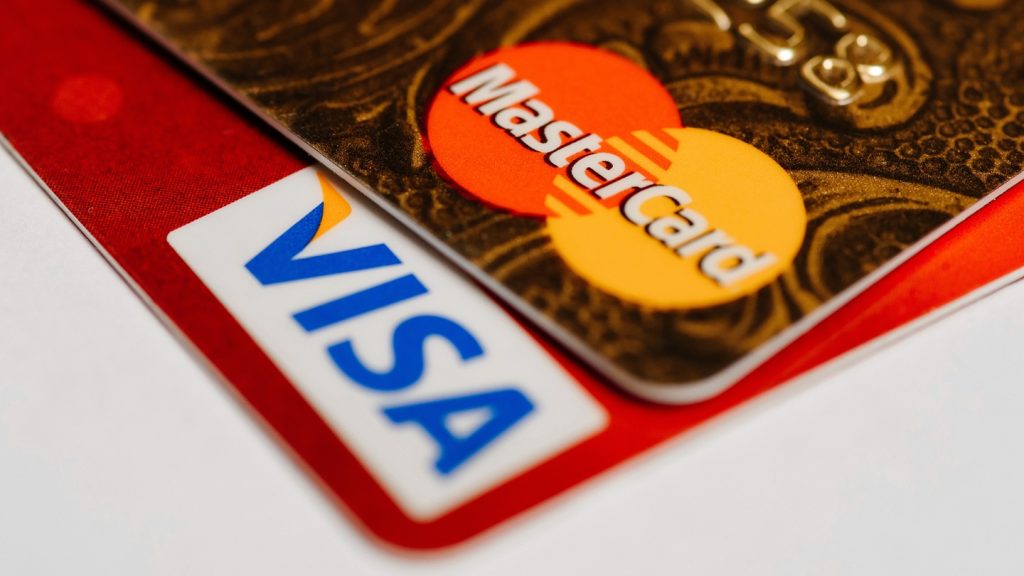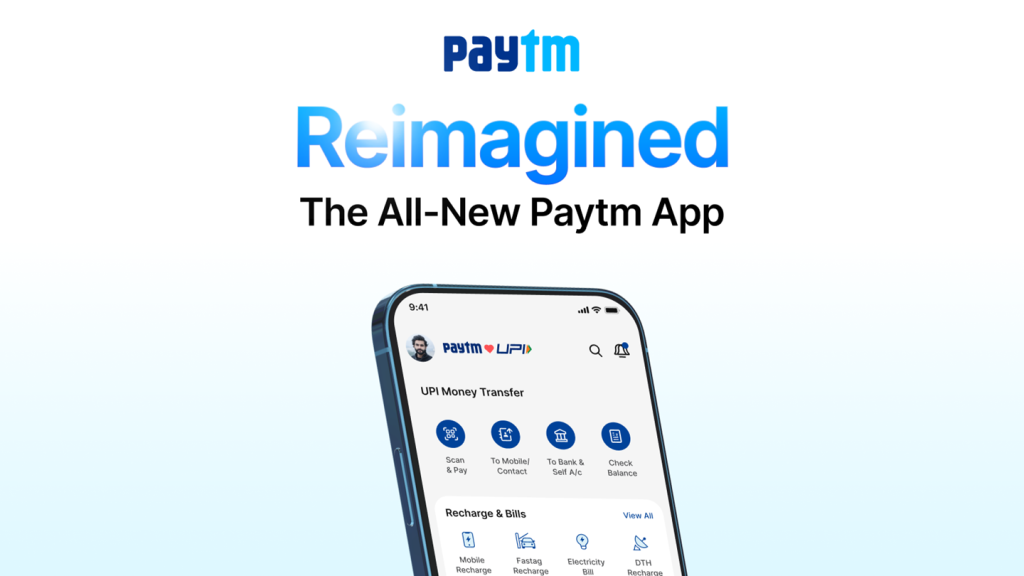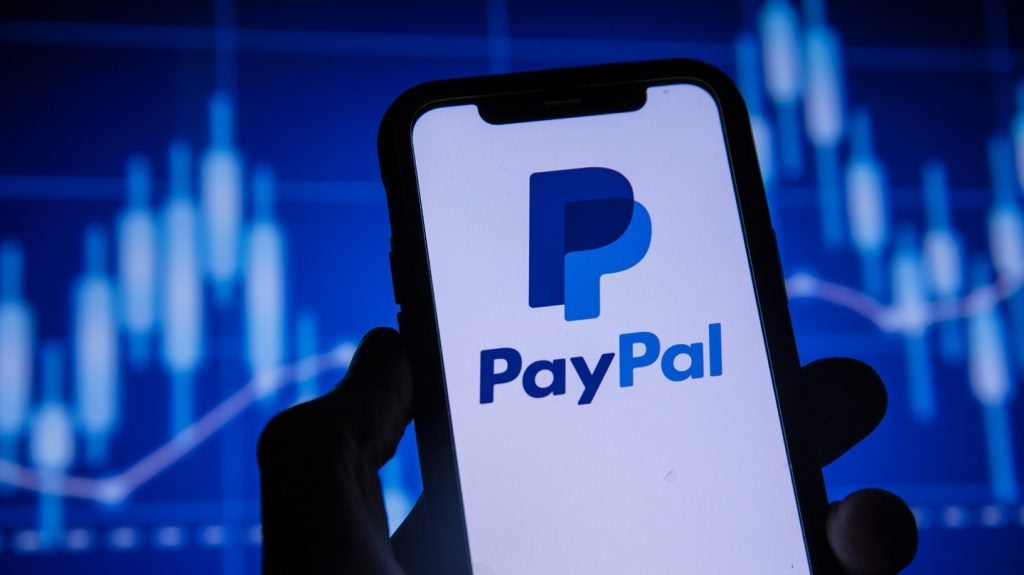Without even mentioning the actual paper it takes to print currency, there are a significant number of ways that the amalgamation of banks, other financial institutions, payment providers and processors can make the long-term effect of payments and banking much more eco-friendly. William Tran of Gemalto writes
Before getting into the ‘how’, we should consider the ‘why’. Those reasons may be painfully obvious for some. In the case of plastics required to make credit cards, roughly eight million tons of plastic pollution gets washed into the world’s oceans every year.
In the case of paper, like that used to mail bank statements, issue new cards or send promotional offers, discarded paper accounts for about 35% of municipal solid waste (by weight). That’s certainly not to say that the financial industry is the sole contributor to those extensive pollution tallies, but the issues have some serious credence. As the old adage goes, if you aren’t part of the solution, you’re part of the problem.
The good news is that technological innovation and the dawn of digital financial services promise to mitigate those issues, even if we have quite a way to go on awareness and adoption of some of the possibilities. At a high level, so-called ‘green banking’ is part of a broader movement called sustainable banking. That concept is twofold: One angle looks at a bank’s social and environmental programs and donations, while the other is focused on the internal initiatives of the bank, like its selected materials, waste practices, technology and processes.
The demand for eco-friendly solutions
Organisations such as the Global Alliance for Banking on Values (GABV) and the World Bank’s Sustainable Banking Network (SBN) offer a number of relevant best practices for sustainable banking. As alluded to, there are varying degrees of participation from financial institutions, but many that are actively practicing sustainable banking see advantages in the long term on both the environmental and business fronts.
A discussion around how to make credit cards greener inherently requires potential alternatives. Mobile payments and other card not present transactions are on the rise, with the expectation that the total value of mobile payments transactions in the U.S. alone is going to rise 210% in 2016. Banks have been doing a commendable job of encouraging customers to sign up for those all-digital services, however physical credit and debit cards will clearly be sticking around for quite a while.

US Tariffs are shifting - will you react or anticipate?
Don’t let policy changes catch you off guard. Stay proactive with real-time data and expert analysis.
By GlobalDataWhile mobile payments continue to gain traction, millions upon millions of credit cards expire, are lost or are periodically replaced every year across the globe. All of those cards either need to be properly disposed of or end up contributing to the record hauls of plastic waste.
Given that reality, our company has developed cards made from corn PLA material that are carbon neutral, biodegradable, recyclable and able to be safely incinerated. Even the metal EMV chips embedded for enhanced security can be removed and recycled at a separate facility.
We’ve recently been helping two model financial institutions, Banco Popular Dominicano and Coop Bank Denmark, transition cardholder portfolios over to these sustainable cards. Coop Bank Denmark opted for these types of cards with full contactless capabilities built in.
These two banks and others running similar initiatives will realise the long-term benefits before they know it. They will be more renowned global citizens and will have no more burden than any other bank in replacing cards; they will just happen to be doing so with biodegradable ones.
The flexibility and quality of this new breed of cards means neither banks nor consumers will have to give up security measures like EMV chips, durability, card customisation or special marketing features.
Beyond cards themselves, actions currently being taken by banks and financial institutions most commonly combat the paper problem. Online banking and e-statements cut down on the paper needed for customers to keep tabs on their accounts. Online transactions and peer-to-peer money transfer services are increasingly replacing paper checks and tangible receipts. Online and auto bill pay keeps consumers from receiving and sending back as much paper material. Even many credit card applications, which have historically needed to be handwritten and physically submitted, can now be completed online.
Options available
Although there are junctures where paper is still seemingly unavoidable, as with fulfilling credit cards, there are arrangements that can be made to minimise an institution’s eco footprint. When things do absolutely need to be mailed, they can be distributed using 100% recycled paper. Taking things one step further, vegetable-based inks that are not toxic to the environment when trashed or incinerated can be utilised.
All of this work and overhauling of existing card portfolios and supply chains doesn’t have to be done out of purely altruistic motivations or intentions, though. Financial institutions stand to gain by making these changes. When those businesses offer more environmentally-friendly options, they garner trust, favorability and parallel commitment from their customers.
That earned goodwill applies to all corners of the sustainable banking realm where banks can impact the environment in a positive way – and that impact can add up in an exponential hurry. In fact, as early as 2012, a GABV report suggested that sustainable banks were ‘outperforming traditional mainstream banks in many areas, including financial indicators such as return on assets, growth in loans and deposits, and capital strength’.
In summation, allowing consumers to access their funds and accounts in convenient, secure ways doesn’t have to take a toll on Mother Earth. But financial institutions must lead the way in ensuring we’re being green while spending green.








